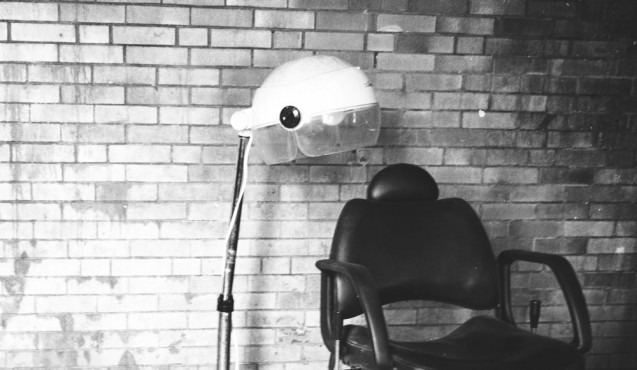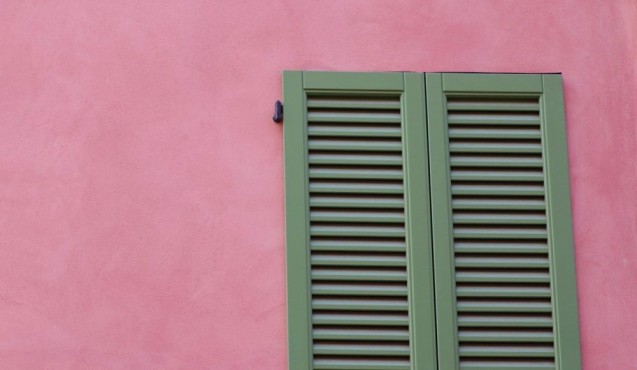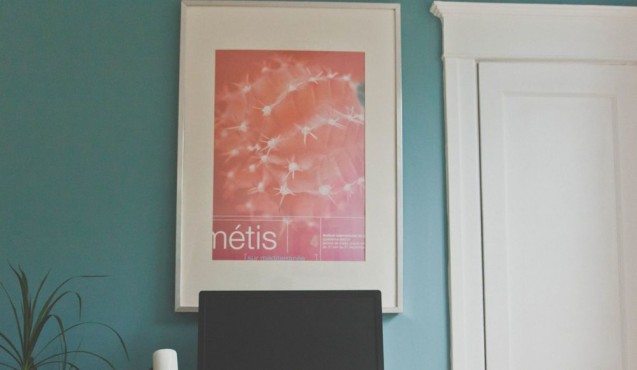Use Your Office Environment as a Way to Retain Top Talent

It’s not that AdBoom can’t commit — just that the company was outgrowing its offices quickly. As more and more employees joined the staff, the company found itself needing bigger and bigger spaces.
In the midst of all this moving, AdBoom cofounder Beau Hale noticed something about his employees.
“[Whenever we moved,] everyone was really excited about the new environments, the new offices,” Hale says.
Essentially, Hale saw that his employees — a group largely composed of millennials — got really excited about change.
During the company’s most recent moved, Hale took this observation to heart. He decided to build “change” directly into the new office.
AdBoom’s current office includes a large, open space. Rather than dividing this space up with claustrophobic cubicles, Hale decided to use bookshelves. This gives the space a chic aesthetic edge and an air of creativity. Teams can have their privacy among the bookshelves when need be, but people can also easily float around and mingle with other members of company.
And here’s where Hale’s plan gets really interesting: those bookshelves won’t stay forever. After about a year
In this way, AdBoom can give employees regular environmental changes to get excited about without switching offices. Plus, it’s cost-effective.
“You don’t have to make a huge investment to have your office feel like a totally different office,” Hale says.
Retaining Millennial Talent Through Creative Use of Space
Hale doesn’t just see the shifting space as a way to get employees excited — he sees it as a way to keep his workers engaged. He sees it as a retention strategy.
Hale, who is a millennial himself, says that, in his experience, “Millennials don’t want to just come into an office and work for a company that is going to be completely stagnant. They want to see things in a state of change. It’s almost like they [want to be] working for a new company every two years.”
Research suggests that young workers [i.e., millennials] are particularly prone to job-hopping, often staying with their employers for less than three years. So, in a way, Hale is right: millennials often seem to be working for new companies every two years or so.
It can be tough to say why, exactly, millennials seem to hop around so much. Is it because of the economy? Is it because of their values (whatever that means)? Is it because they’ve grown distrustful of employers in the wake of the Great Recession?
Or is it simply because they like change?
Whatever the case, Hale’s decision to retain talent by using space creatively is pretty interesting.

By creating a readily changeable workspace, Hale can give millennials this “new vibe” they seek — meaning his employees won’t have to chase after it by leaving the company.
And all of this is not to mention the fact that office environments play pretty big roles in attracting talent and stimulating productivity. The changeable space may give AdBoom an advantage over other competitors, in terms of recruiting and business success.
It’ll be cool to see how this plan plays out for Hale. For now, I think we can all at least agree on one thing: it’s a creative approach to engaging and retaining employees, and we can always use more of those.

